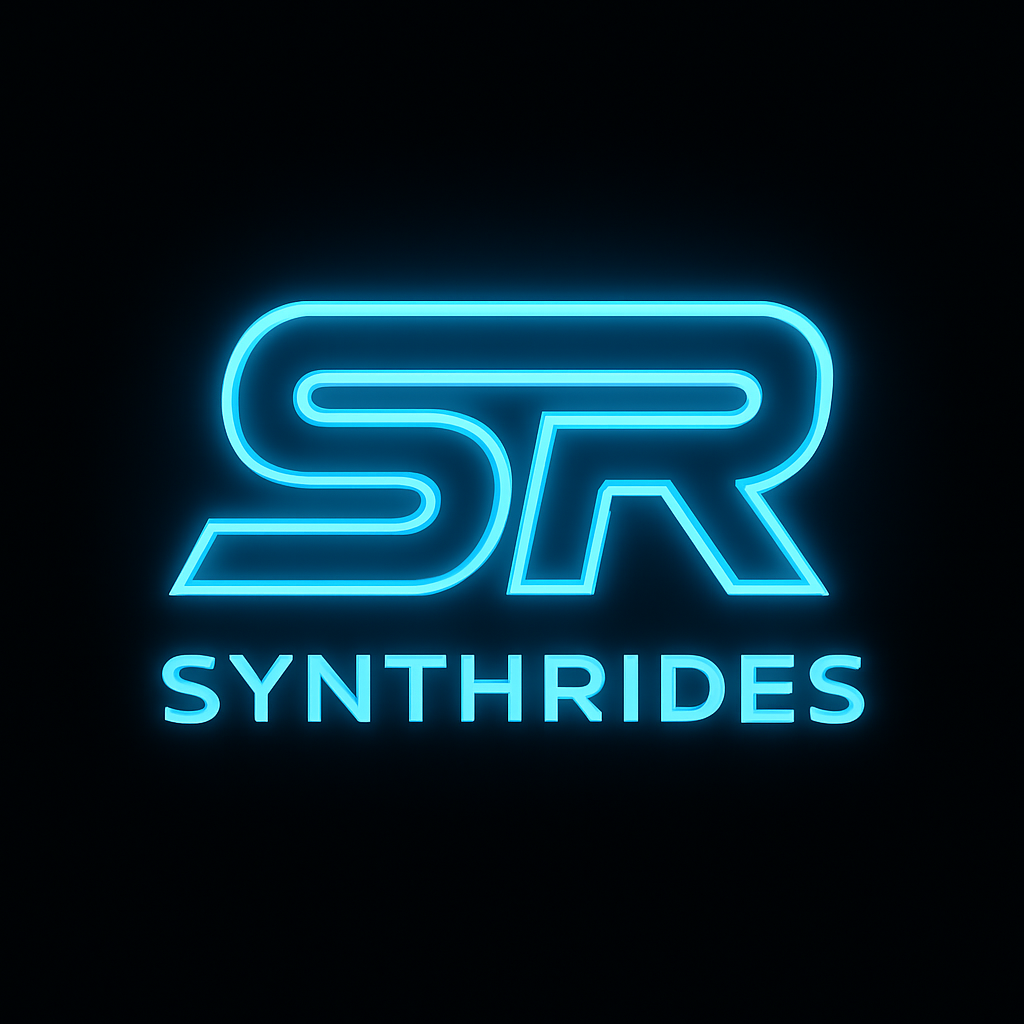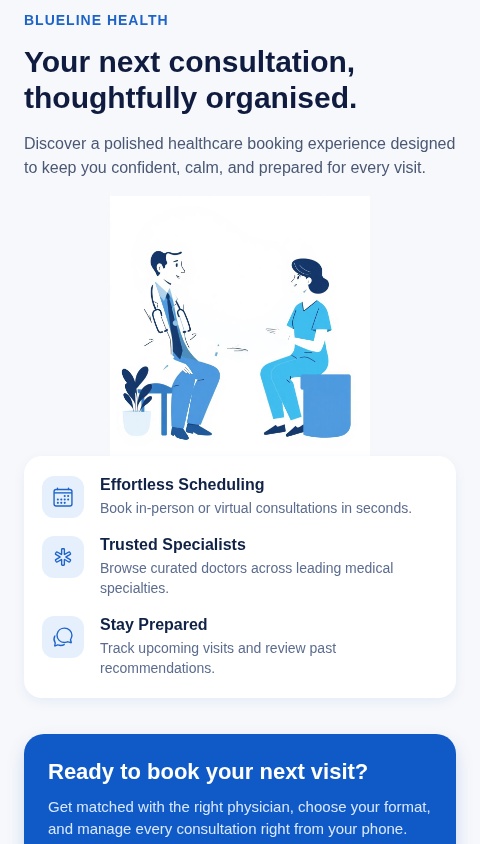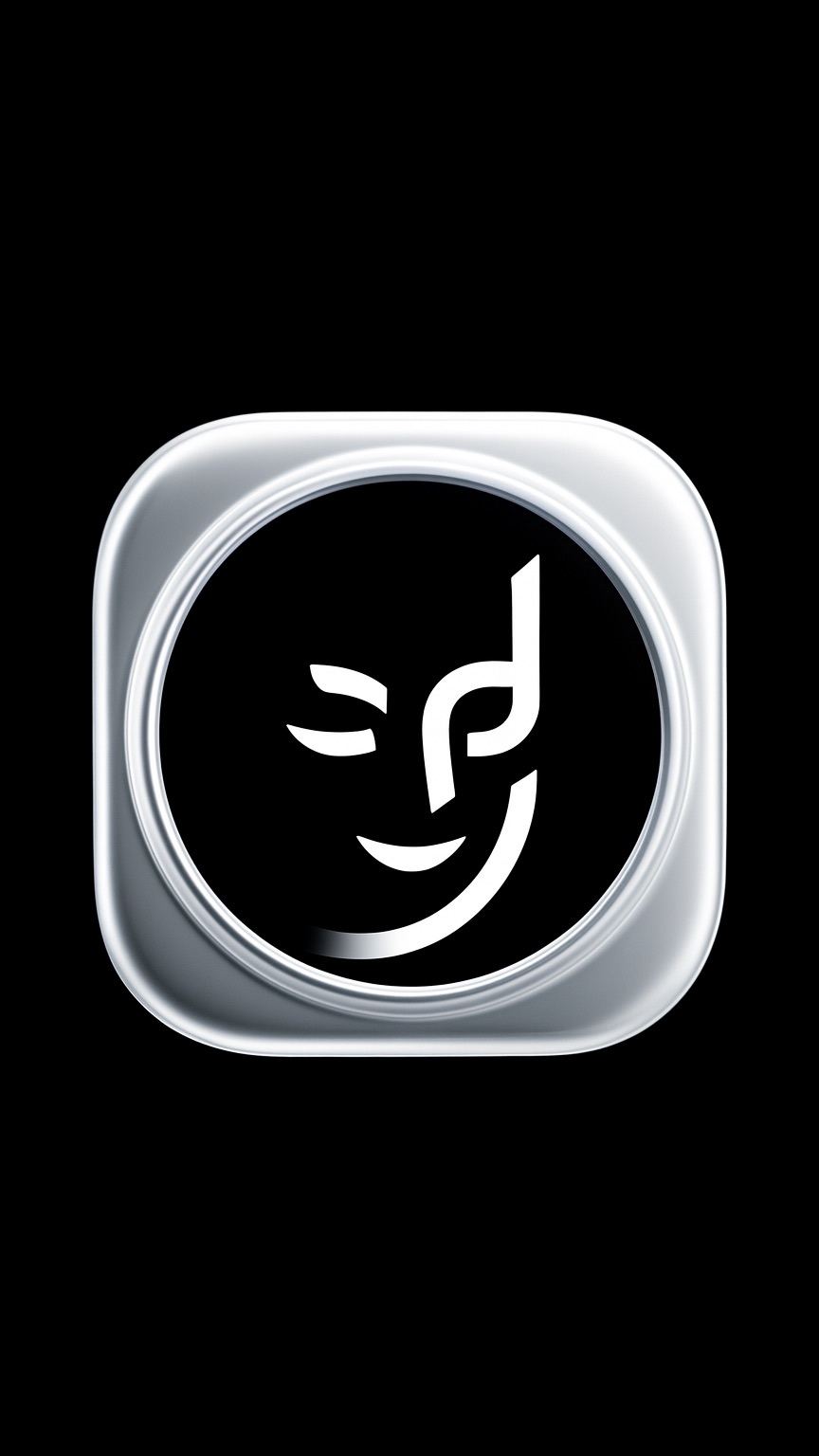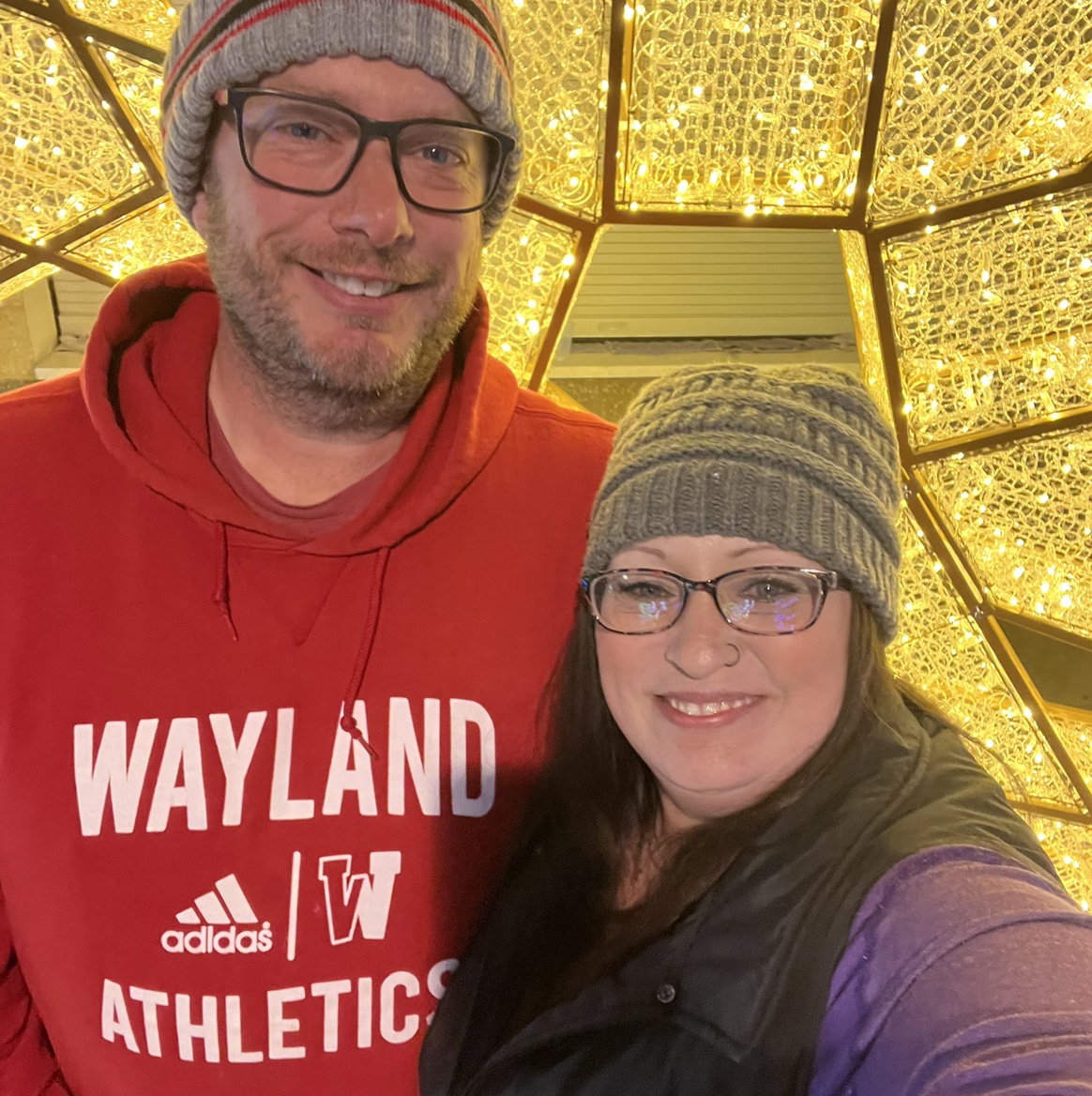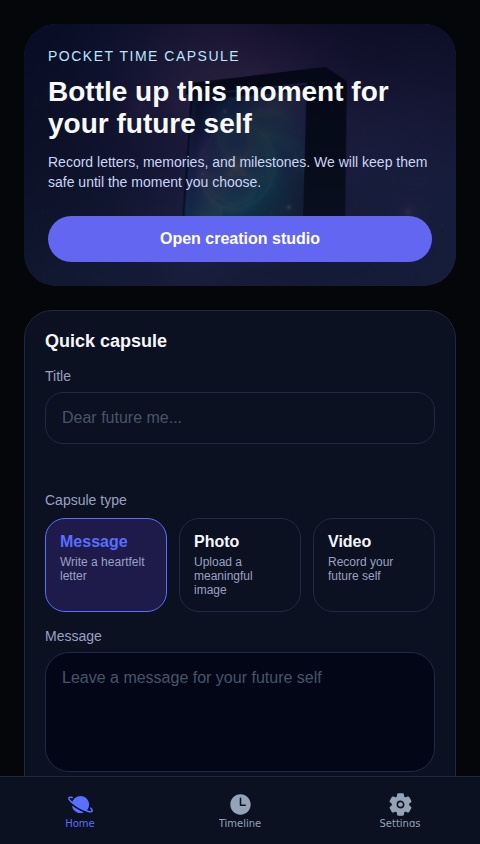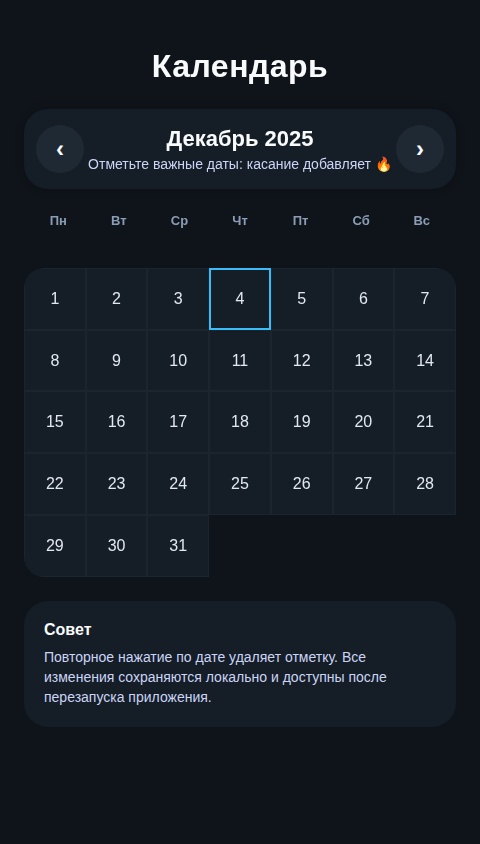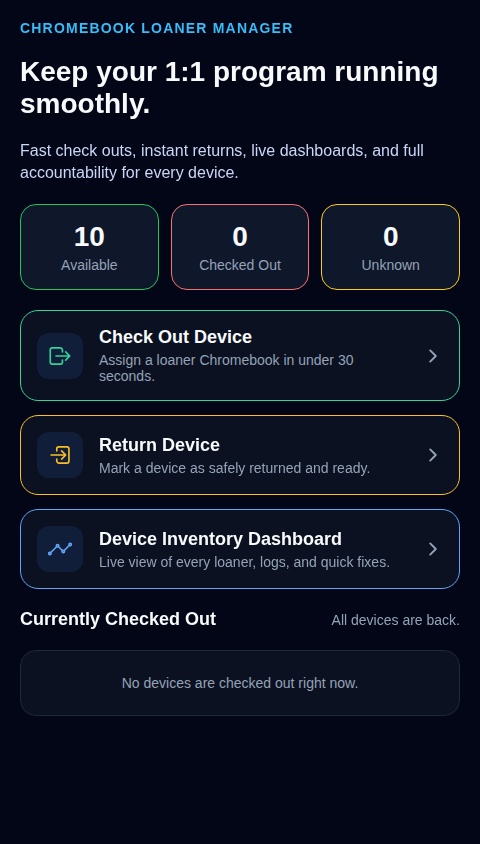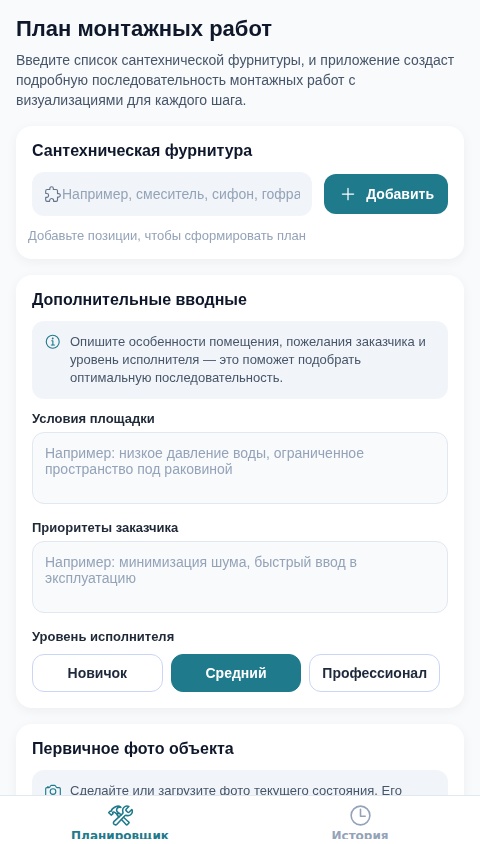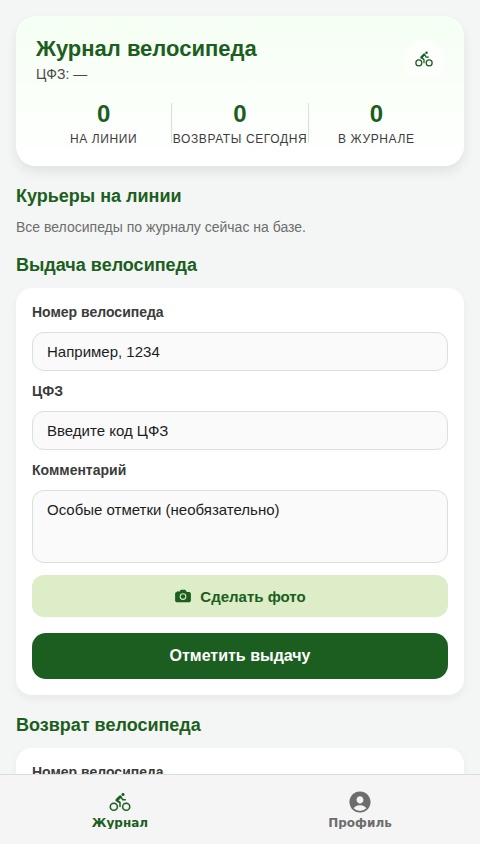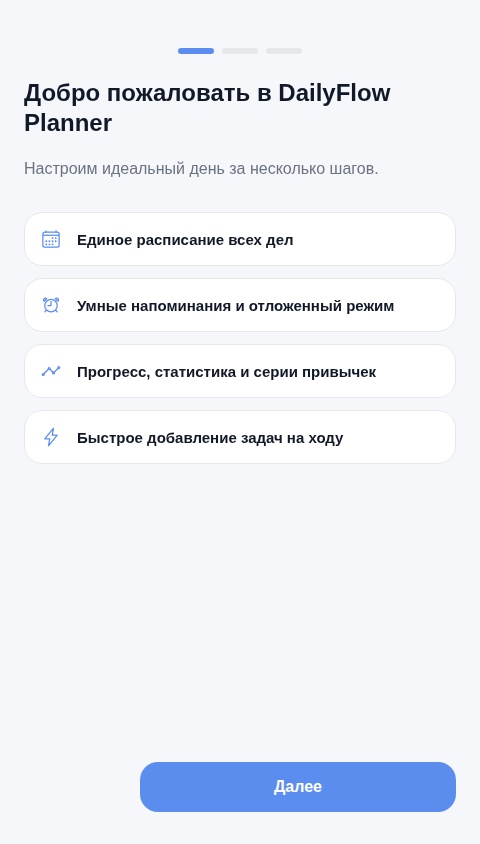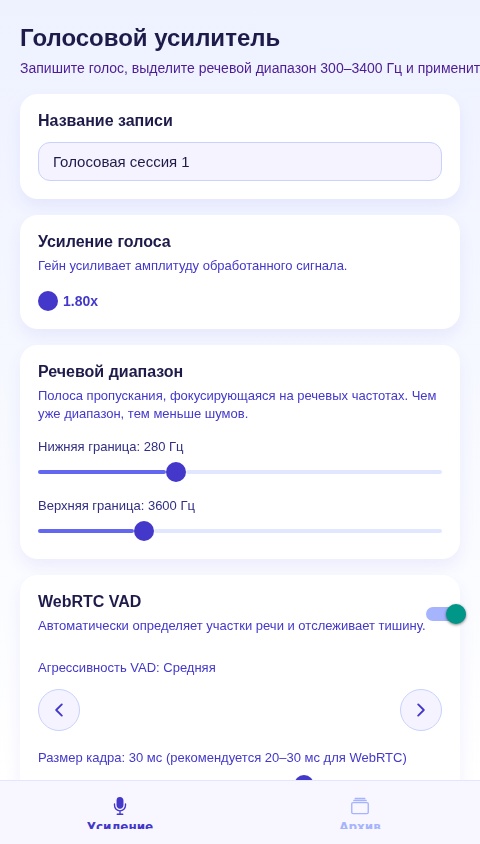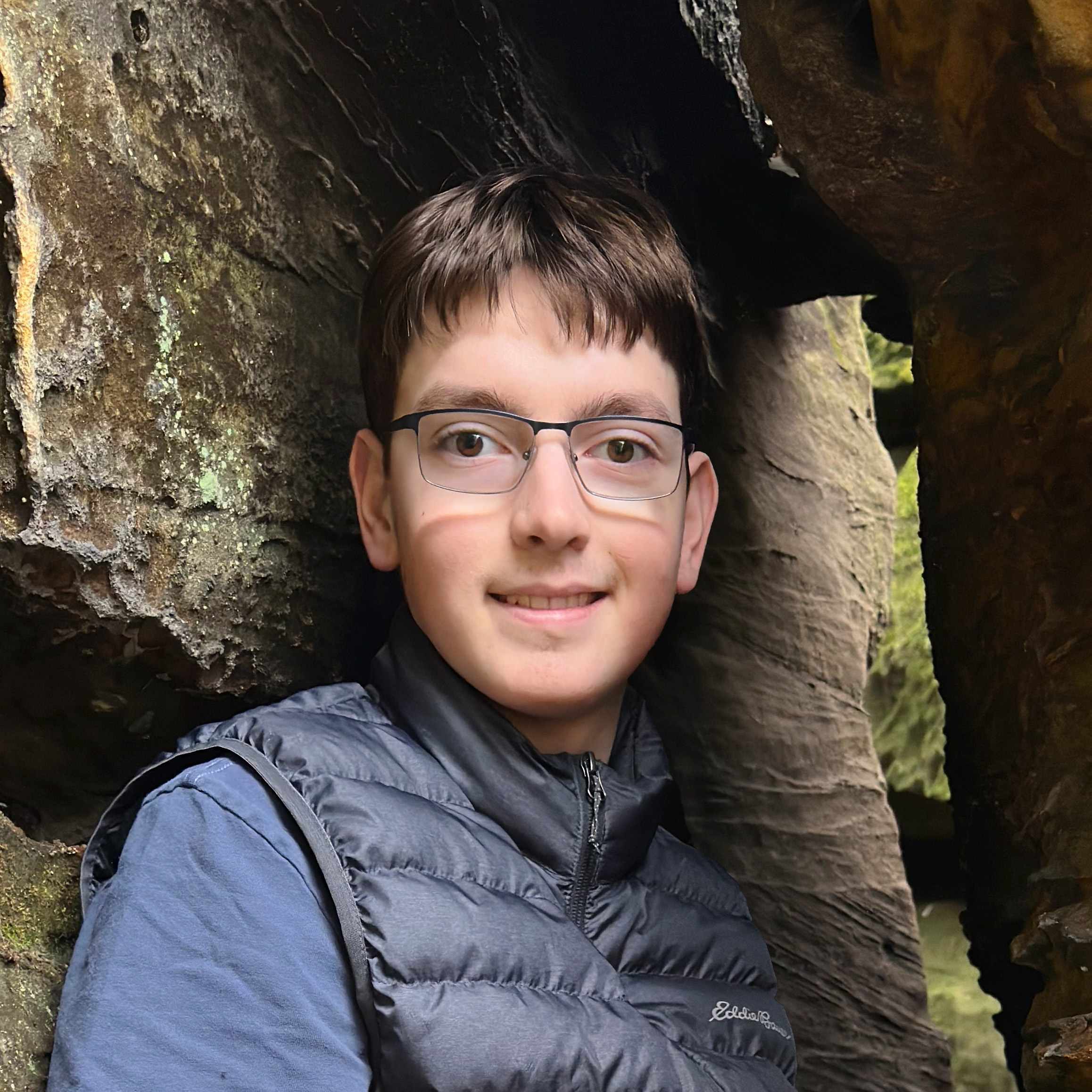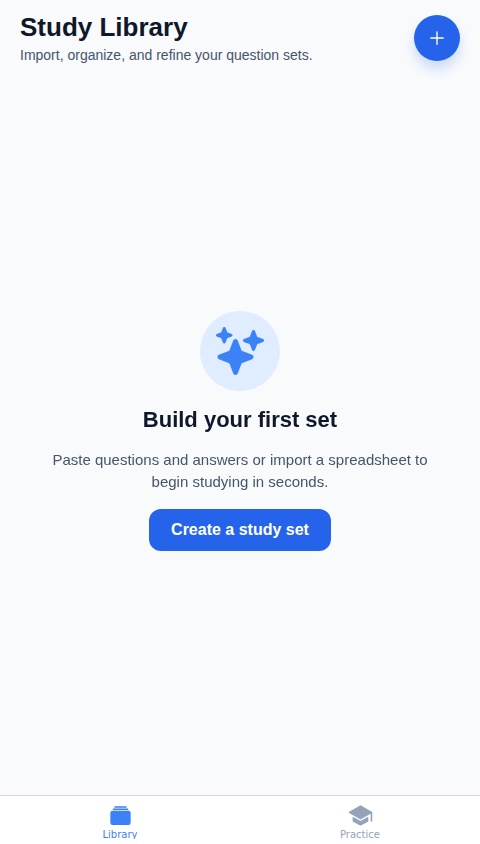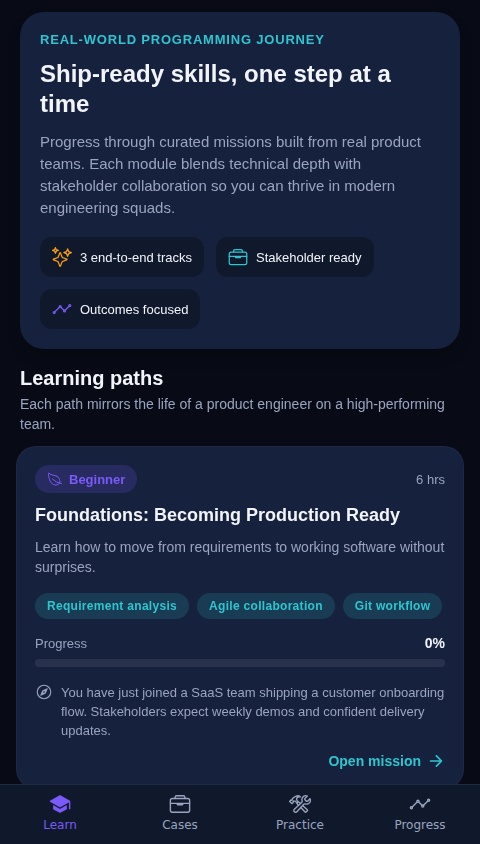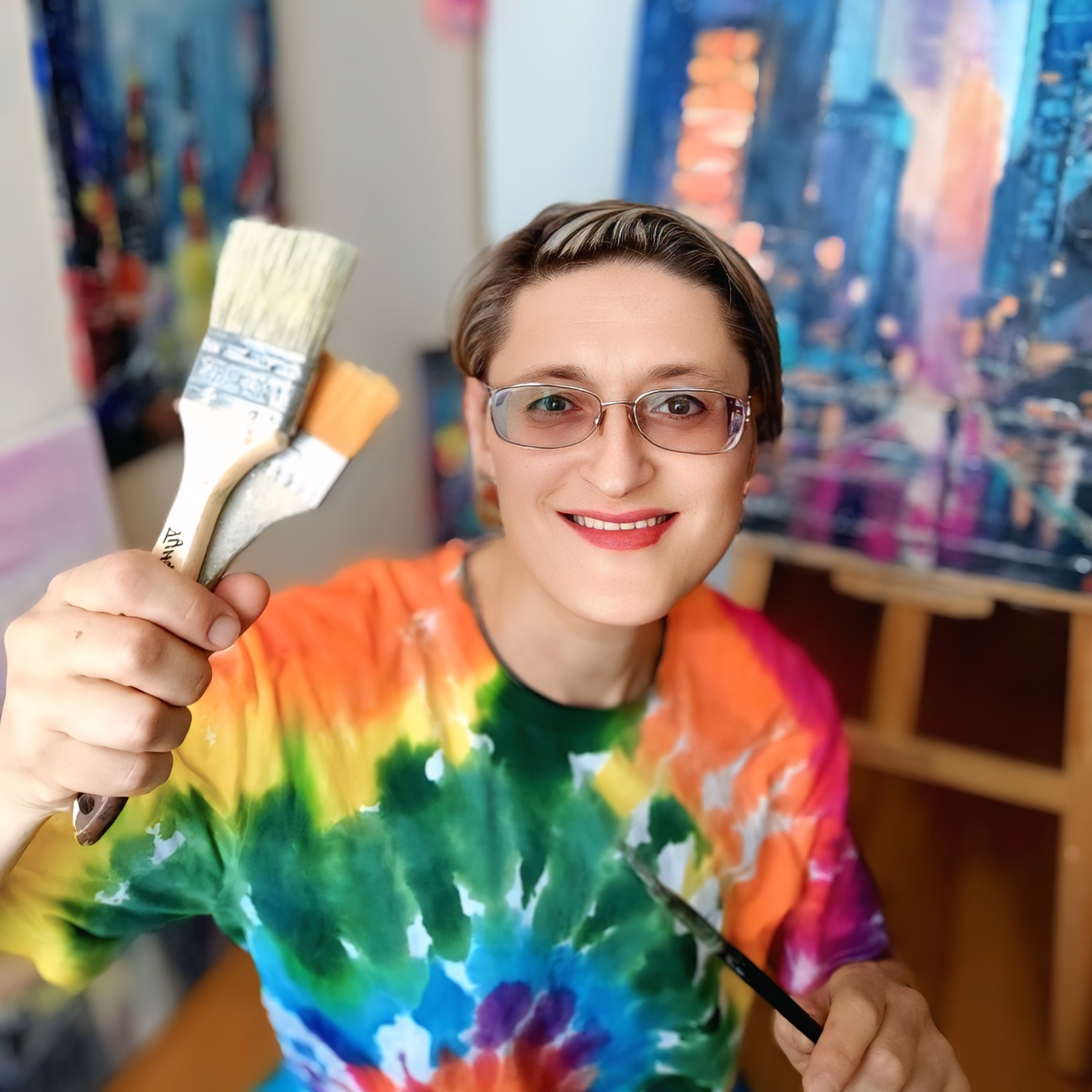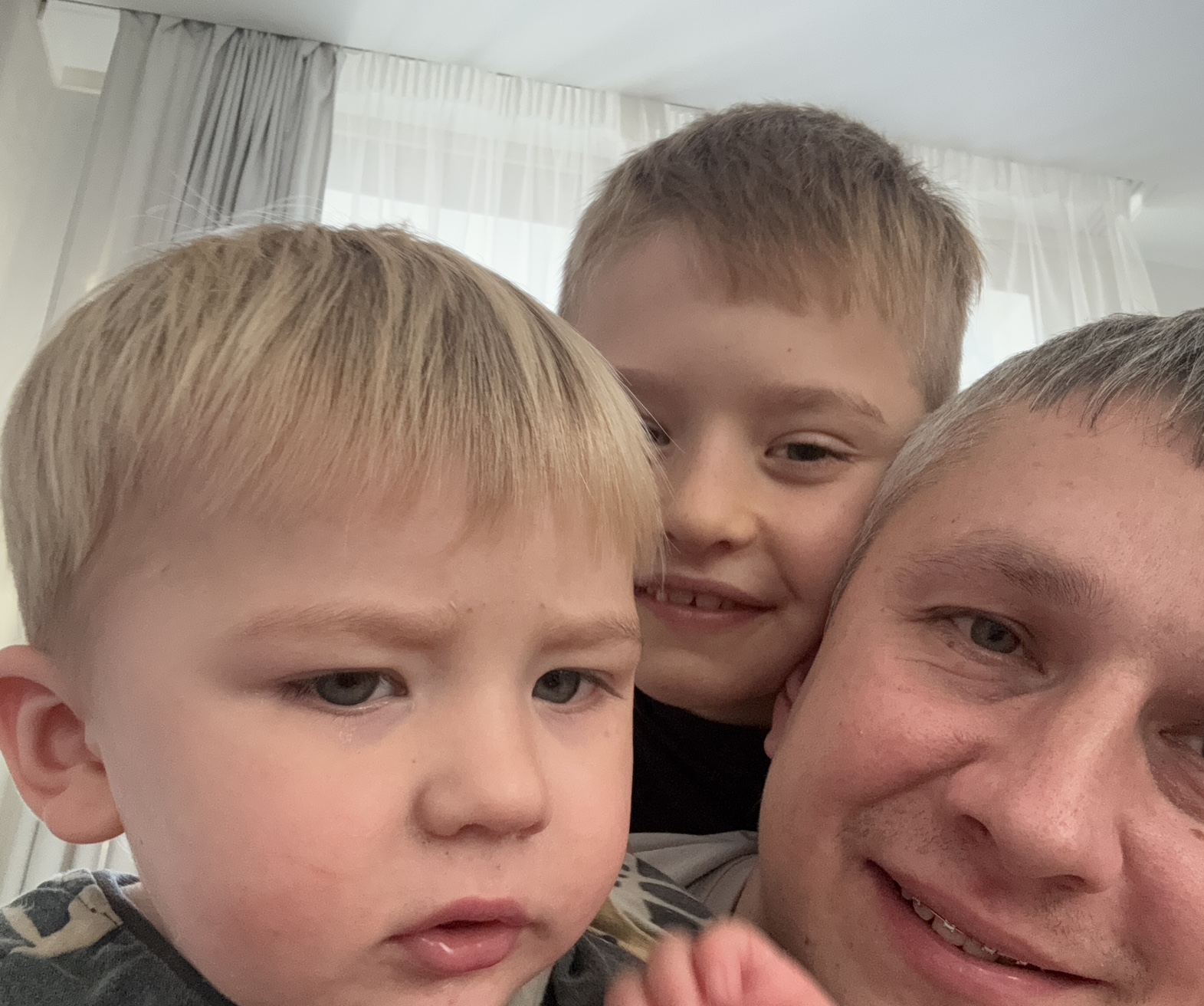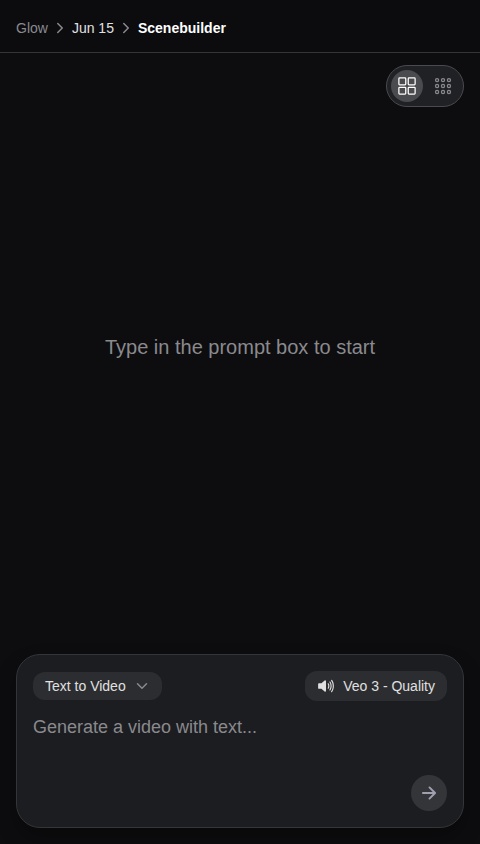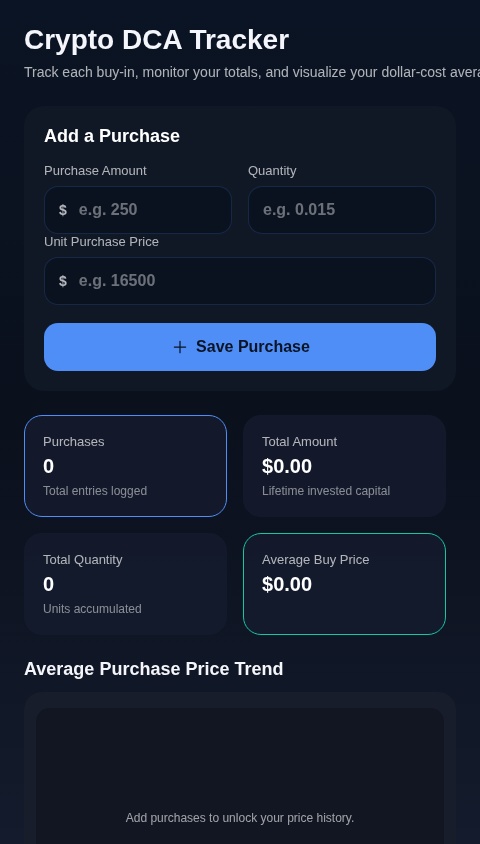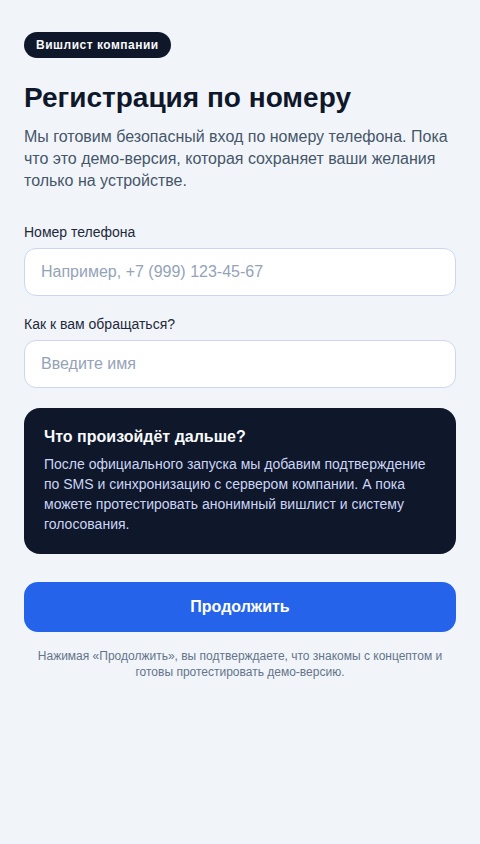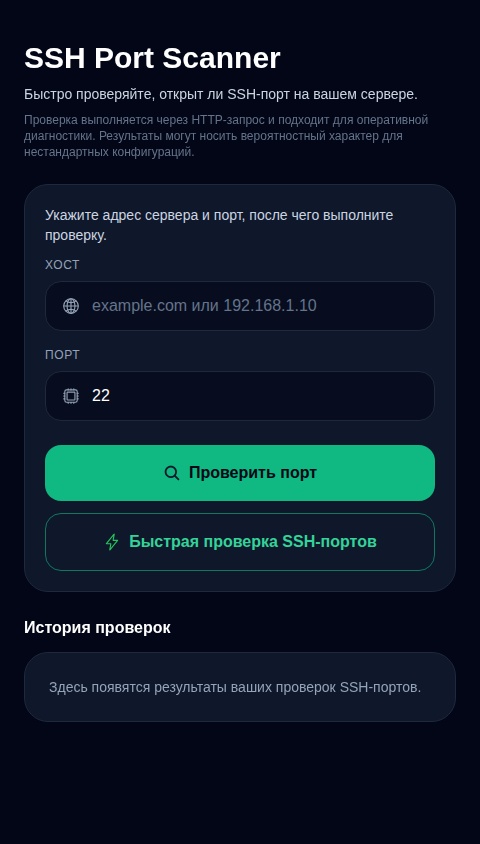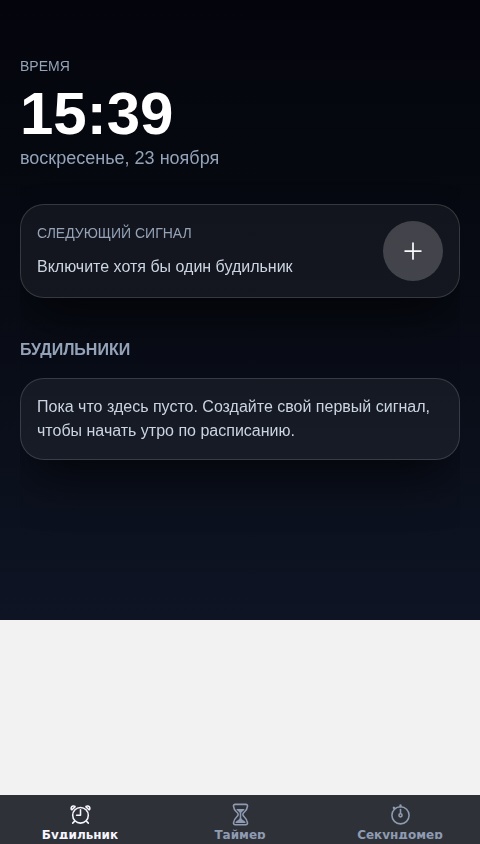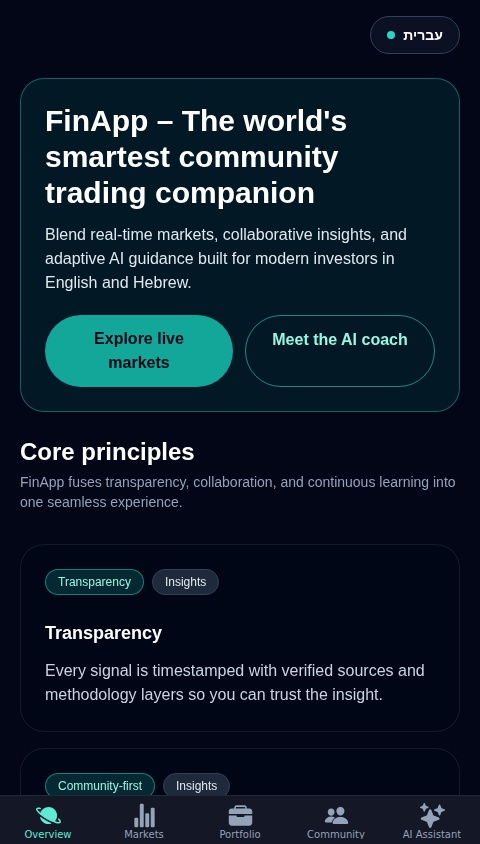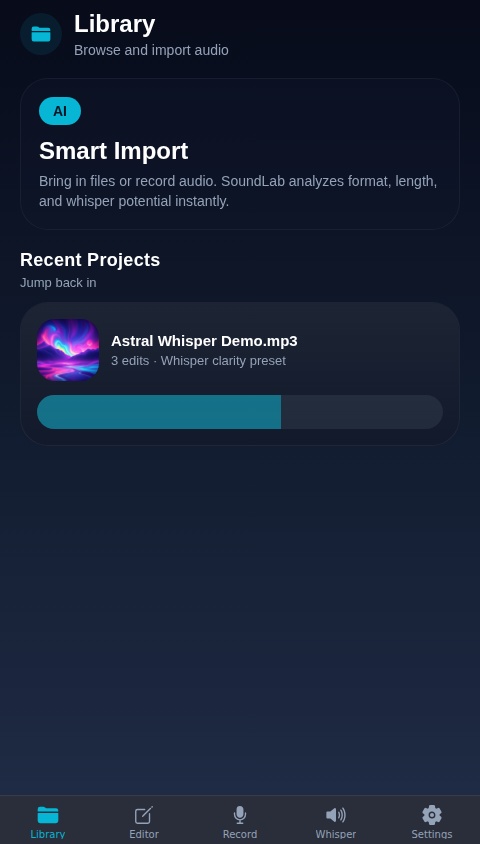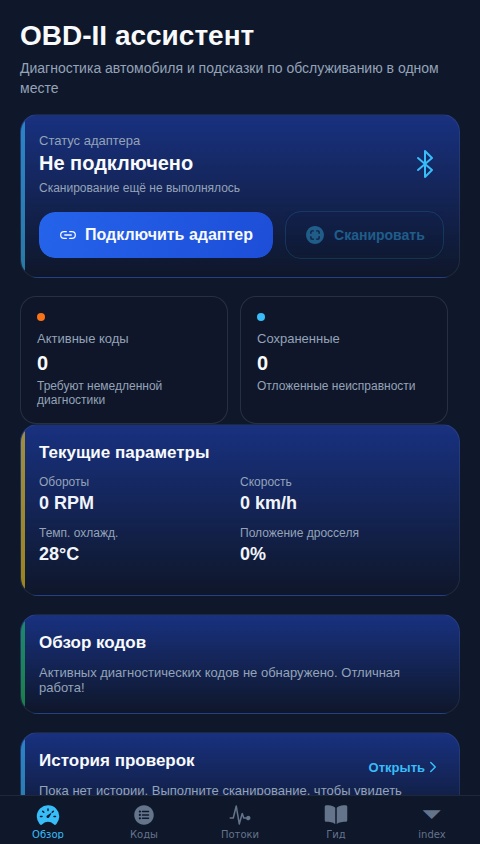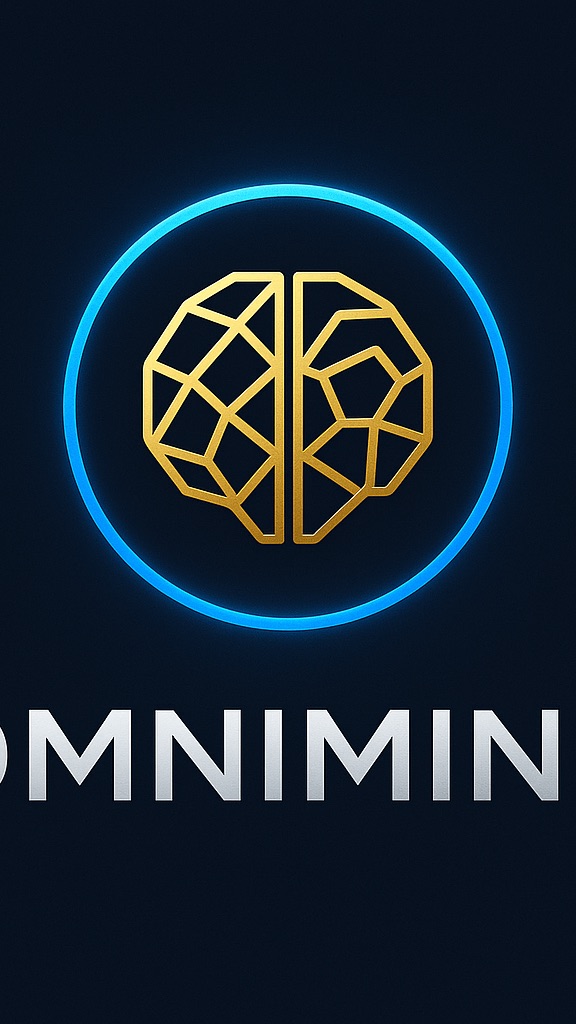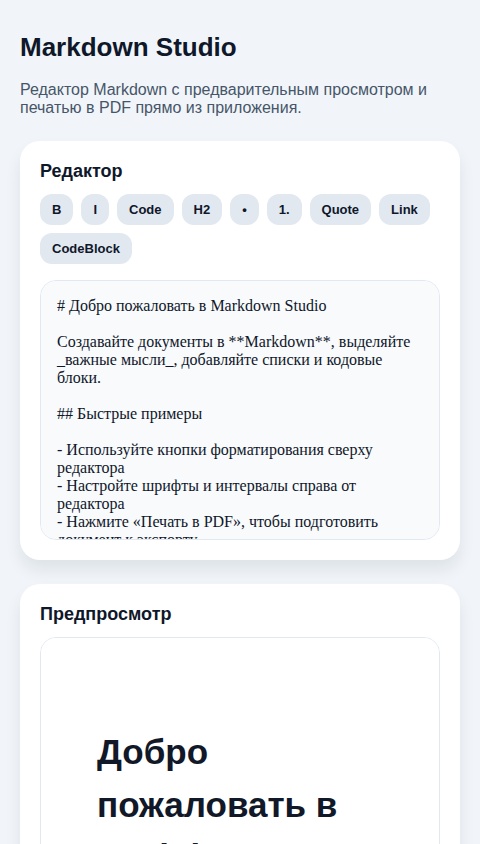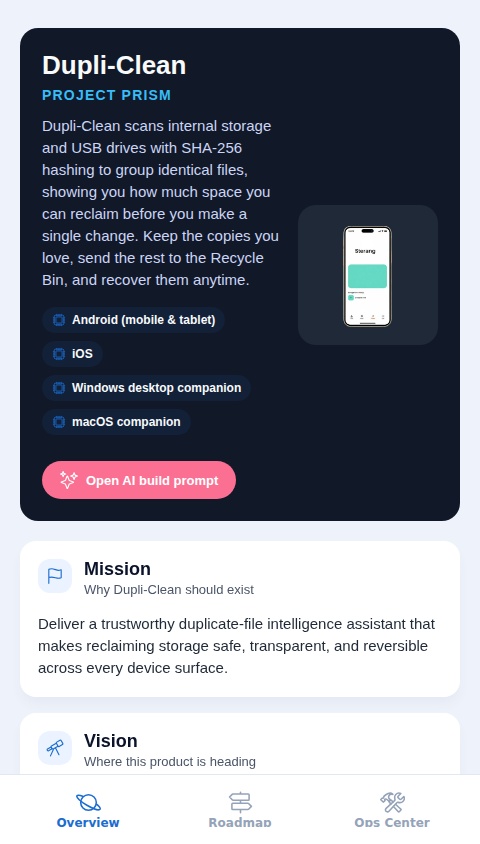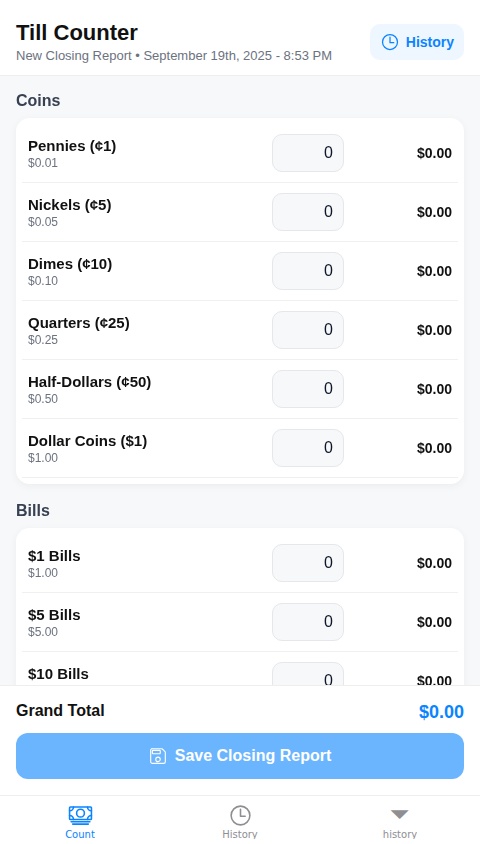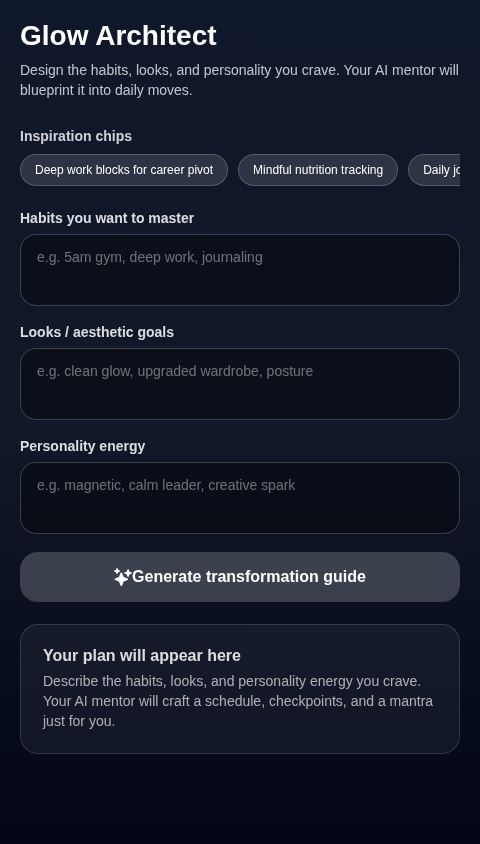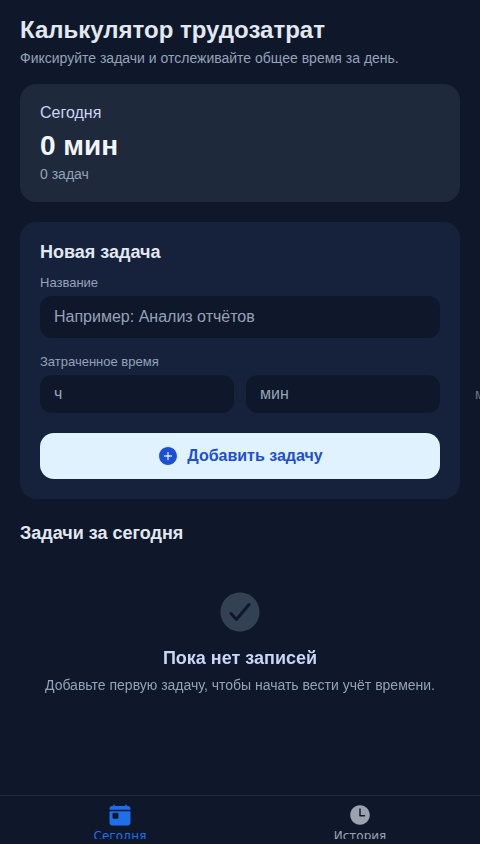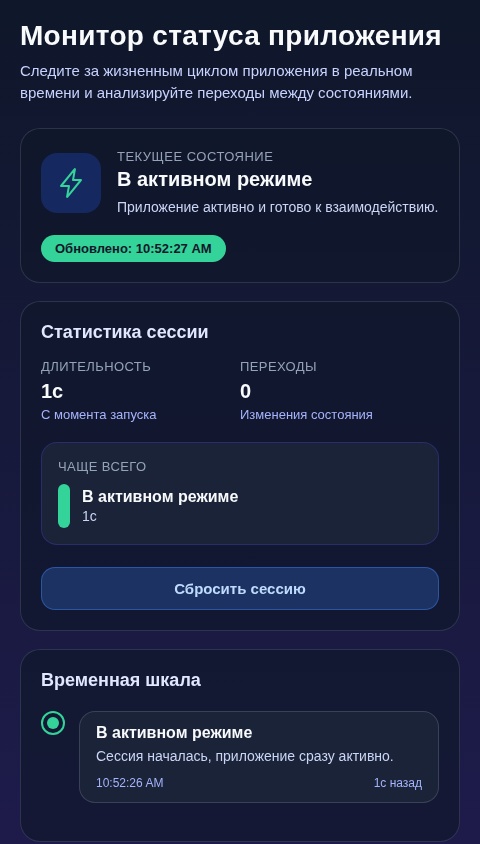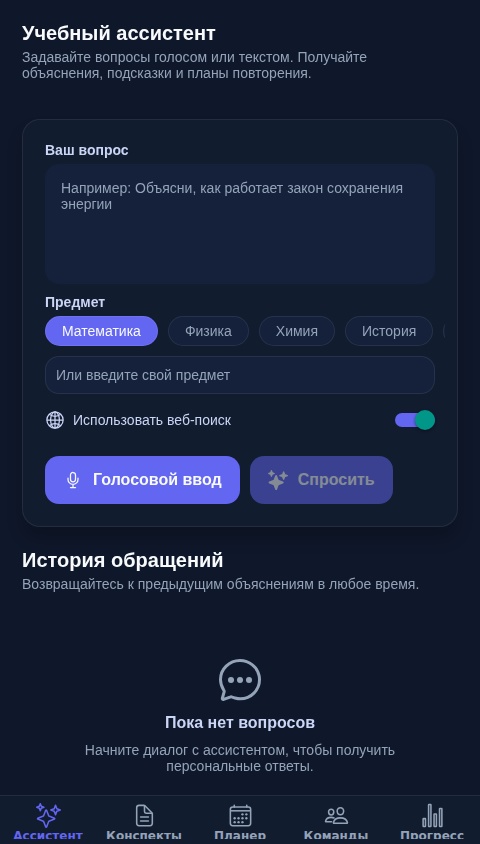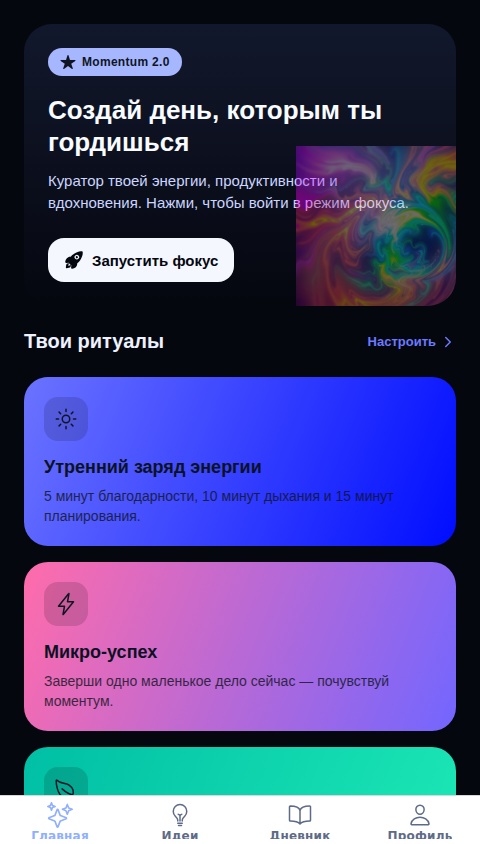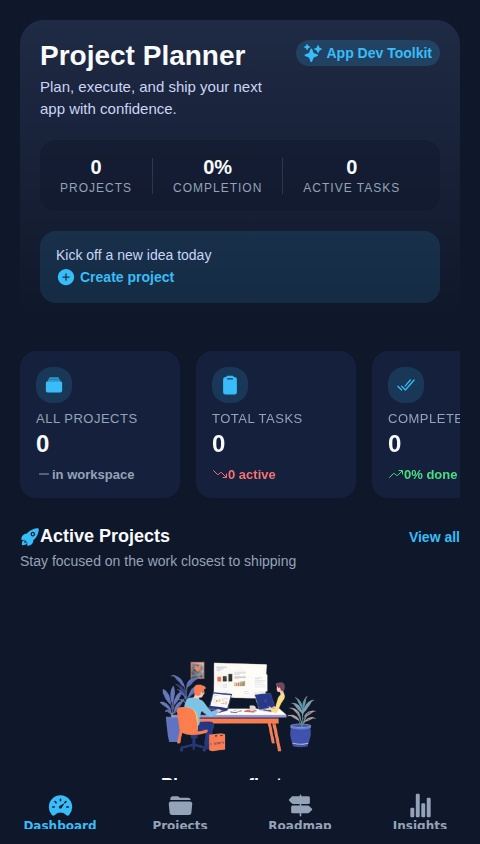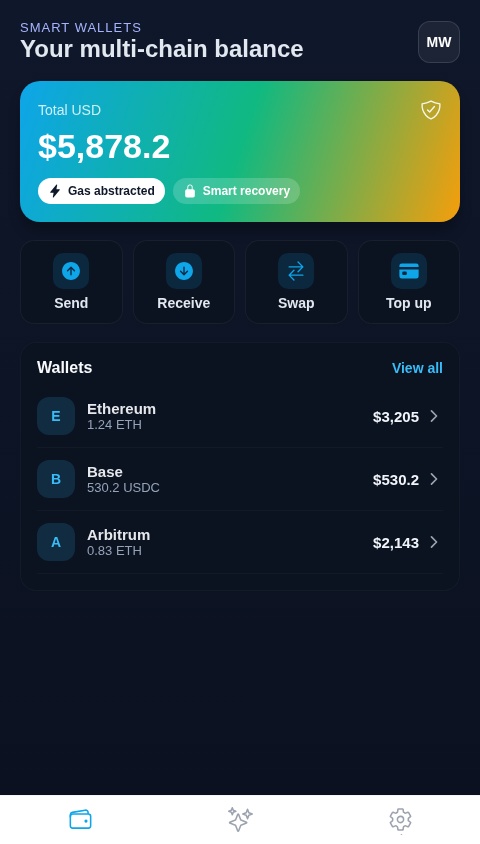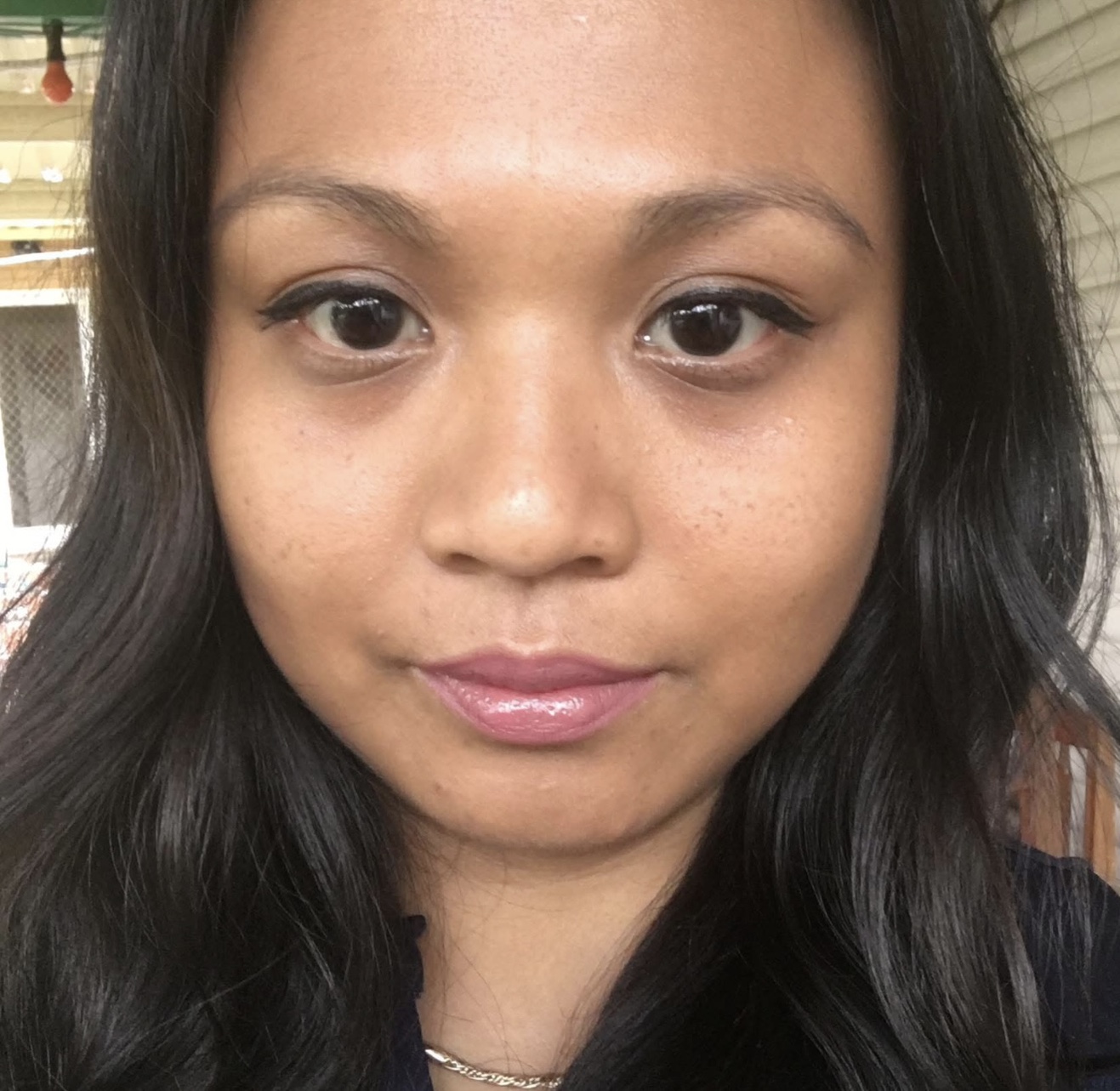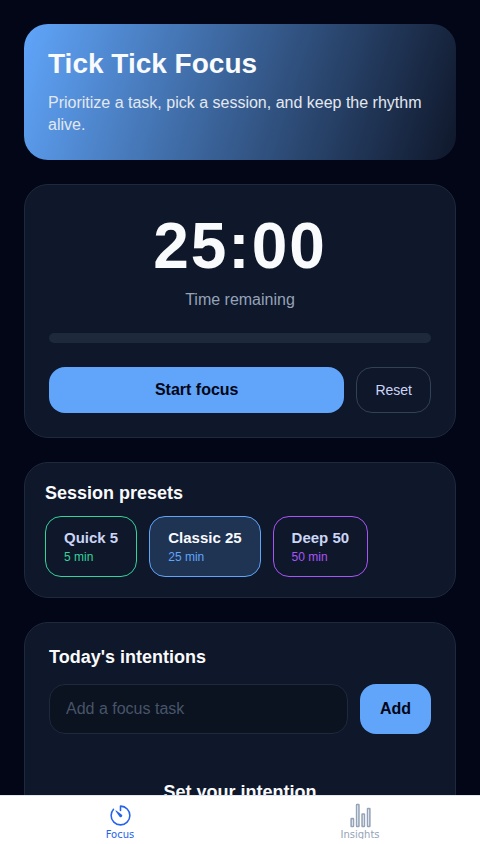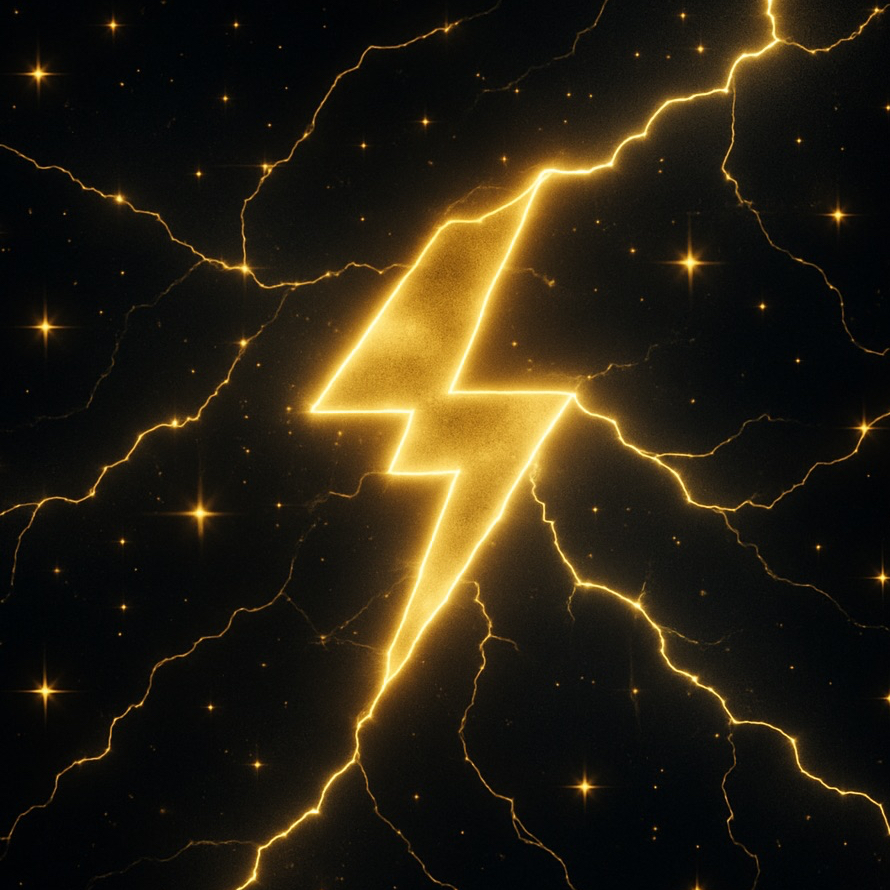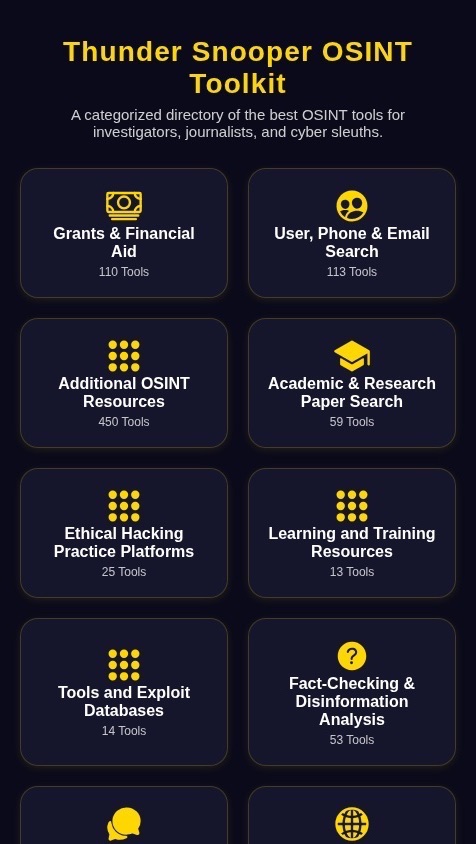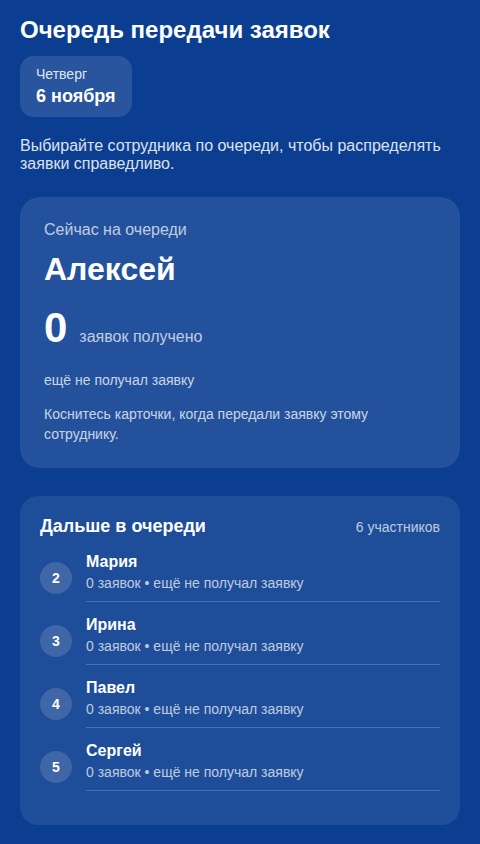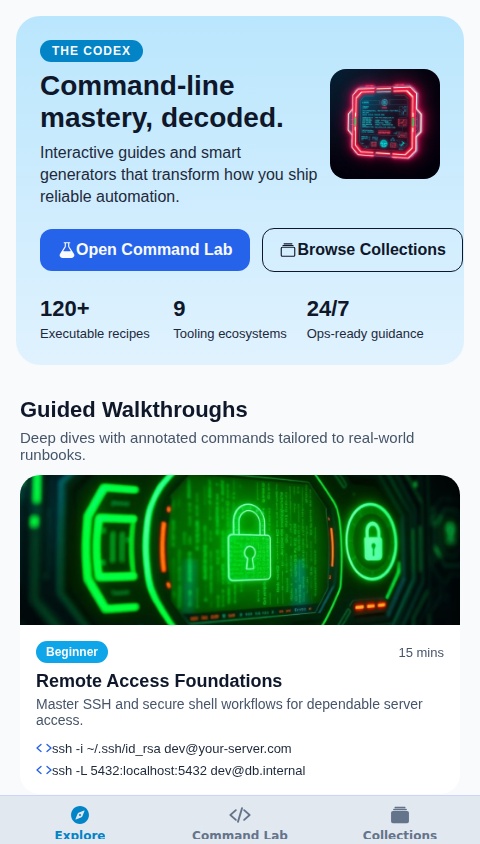Discover & Build Mini-Apps
Productivity
 @nicksam
@nicksam![```typescriptreact project="amazon-app"...```- **Amazon-like Header:** With the Amazon logo, search, and navigation elements.- **Prime Video Section:** A horizontal scrollable section for movie/show thumbnails.- **Product Categories and Promotions:** Sections for "AmazonBasics", "Shop by Category", and a "Get US $10 off" banner.- **Digital Amazon Visa Card:** A prominent card component displaying the "$509,000 Cashback Bonus" and other payment method options (PayPal, Digital Pay, Your Own Card).- **Prime Discounts:** Dedicated cards for "50% off Prime Video" and "40% off Amazon Prime membership".- **Product Carousels:** Horizontal scrollable sections for "Related to Items You've Viewed" and "Most Popular Sellers", and a grid for "Amazon Top Sellers".- **Other Product Sections:** Simplified sections for "Find unique gifts", "Inexpensive finds", "New gift card designs", and "Renewed electronics".- **Footer:** A basic footer with links.- **Bottom Navigation Bar:** A fixed navigation bar with icons similar to the Amazon app.All product images are placeholders, and the functionality is limited to UI representation as requested.SuggestionsClose suggestions[data-radix-scroll-area-viewport]{scrollbar-width:none;-ms-overflow-style:none;-webkit-overflow-scrolling:touch;}[data-radix-scroll-area-viewport]::-webkit-scrollbar{display:none}Add IntegrationAdd product detail pagesImplement search functionalityAdd user authenticationCreate a shopping cartIntegrate a backend for productsScroll leftScroll right please build the app for meme Develop a mobile application mirroring the core functionality and product offerings of Amazon, but with several key modifications. The application should feature a curated selection of products, similar to Amazon's current inventory, with the ability to add more products later. Integrate a digital Amazon Visa card feature, offering a $500 cashback bonus on every purchase made through the app. Additionally, provide discounts: 50% off for Prime Video subscriptions and 40% off for regular Amazon Prime memberships. The application's design should closely resemble Amazon's interface, including the same logo and a home screen layout that is familiar to Amazon users. The app logo should be displayed on the home screen. The goal is to create a user experience that is both familiar and enhanced, driving user engagement and potentially increasing sales. I want the digital Visa card $509,000 digital card built in Amazon and you can also use PayPal or digital pay or any payment method or your own card and I want the pictures of the Amazon products to be on there too](https://s.asim.sh/images/W_yAal3D6o5JVuENQTMiC.jpeg)
815
0
0
```typescriptreact project="amazon-app"...```- **Amazon-like Header:** With the Amazon logo, search, and navigation elements.- **Prime Video Section:** A horizontal scrollable section for movie/show thumbnails.- **Product Categories and Promotions:** Sections for "AmazonBasics", "Shop by Category", and a "Get US $10 off" banner.- **Digital Amazon Visa Card:** A prominent card component displaying the "$509,000 Cashback Bonus" and other payment method options (PayPal, Digital Pay, Your Own Card).- **Prime Discounts:** Dedicated cards for "50% off Prime Video" and "40% off Amazon Prime membership".- **Product Carousels:** Horizontal scrollable sections for "Related to Items You've Viewed" and "Most Popular Sellers", and a grid for "Amazon Top Sellers".- **Other Product Sections:** Simplified sections for "Find unique gifts", "Inexpensive finds", "New gift card designs", and "Renewed electronics".- **Footer:** A basic footer with links.- **Bottom Navigation Bar:** A fixed navigation bar with icons similar to the Amazon app.All product images are placeholders, and the functionality is limited to UI representation as requested.SuggestionsClose suggestions[data-radix-scroll-area-viewport]{scrollbar-width:none;-ms-overflow-style:none;-webkit-overflow-scrolling:touch;}[data-radix-scroll-area-viewport]::-webkit-scrollbar{display:none}Add IntegrationAdd product detail pagesImplement search functionalityAdd user authenticationCreate a shopping cartIntegrate a backend for productsScroll leftScroll right please build the app for meme Develop a mobile application mirroring the core functionality and product offerings of Amazon, but with several key modifications. The application should feature a curated selection of products, similar to Amazon's current inventory, with the ability to add more products later. Integrate a digital Amazon Visa card feature, offering a $500 cashback bonus on every purchase made through the app. Additionally, provide discounts: 50% off for Prime Video subscriptions and 40% off for regular Amazon Prime memberships. The application's design should closely resemble Amazon's interface, including the same logo and a home screen layout that is familiar to Amazon users. The app logo should be displayed on the home screen. The goal is to create a user experience that is both familiar and enhanced, driving user engagement and potentially increasing sales. I want the digital Visa card $509,000 digital card built in Amazon and you can also use PayPal or digital pay or any payment method or your own card and I want the pictures of the Amazon products to be on there too
 @peepshow
@peepshow
748
0
0
Peepshow is an app created by a cam model specifically for cam models. It serves as a one-stop-shop for busy webcam performers, combining business management and personal assistant features. **Key Features:** 1. **Scheduling and Time Management:** - Stream Scheduler: Sync all your cam platforms for private shows. - Custom Video Deadlines: Manage personal appointments and daily to-do lists. - Routine Tracker: Keep track of scheduled go-lives, custom shoots, and content drops. - Self-Care Reminders: Get prompts for hydration, workouts, and breaks. 2. **Stream Tracker:** - Built-in Timer: Manage show lengths, breaks, and productivity sprints. - Income Tracking: Dashboard to monitor income from various sites, including tips, customs, and offline sales. - Tax Export: Generate income summaries for month-to-month or quarterly tax preparation. - Receipt Keeper: Easily snap pictures of your receipts and invoices for tracking purposes. 3. **Customer Management (CRM):** - Customer Notes: Record information about regulars, including their likes, new fetishes, birthdays, and wishlists. - VIP Tagging: Label big spenders and regular tippers to prioritize follow-ups. - Reminders: Set up thank-you note or direct message reminders. 4. **Content Planning:** - Content Ideas and Planner: Schedule TikTok exposures or Snapchat clips, and keep track of filming status (pending, editing, posted). - Ideal Bank: Jot down extras and nice touches to enhance your content. 5. **Self-Care Reminders:** - Prompts to stretch, hydrate, and eat before streaming marathons. 6. **Analytics:** - Track performance across platforms, determining peak times for engagement. Peepshow will offer both a free version and a premium version, with the premium subscription priced at $2.99 per month. **Additional Features:** - **Safety and Privacy:** Block lists for users, track stalkers and time wasters, and filter notes on those who cancel or fail to pay. - **Emergency Information:** Quick access to a panic button with pre-filled local authorities and trusted contacts. With Peepshow, cam models can manage their business efficiently while also prioritizing their well-being.
© 2025 aSim. All rights reserved.

![DiffConfig[BETA]](https://s.asim.sh/images/OGoKUJh0c2i0TrLTz6qf2.jpeg)
